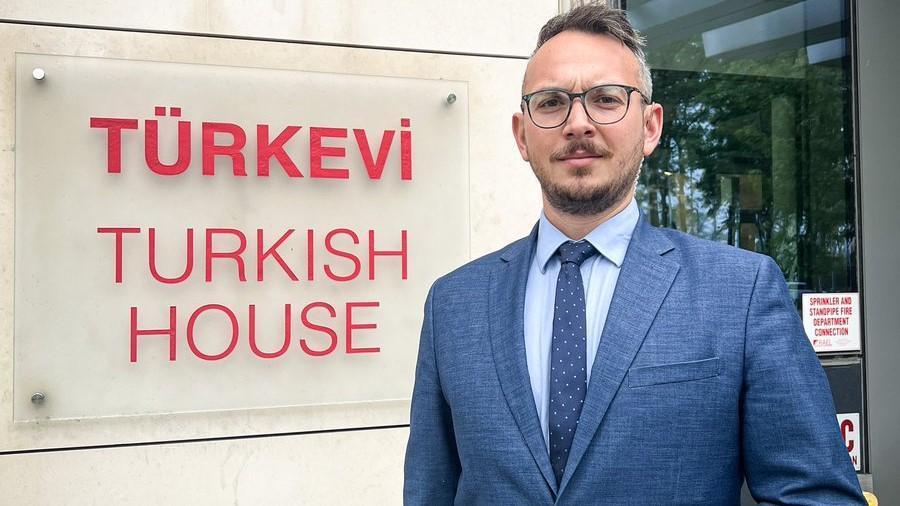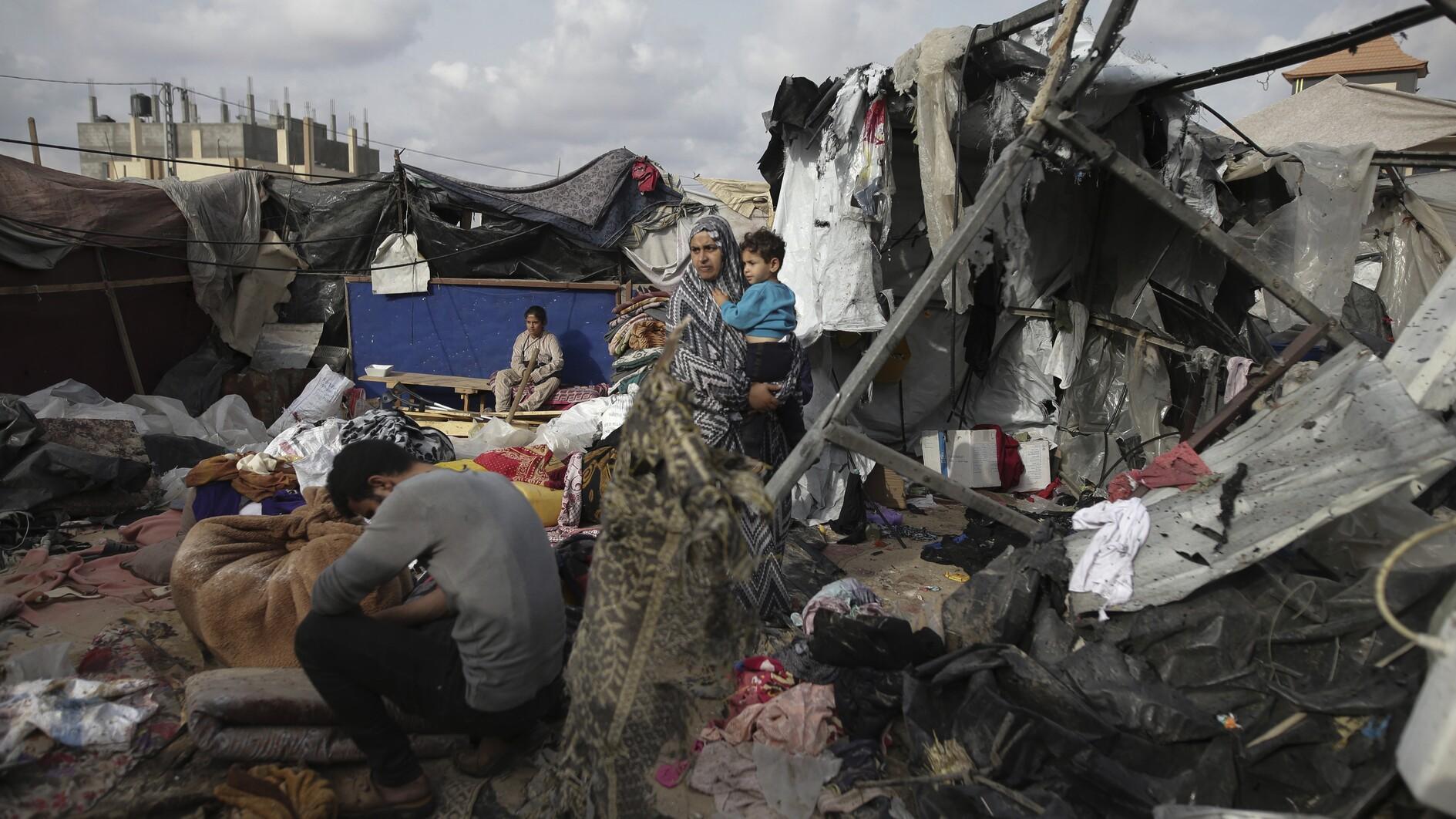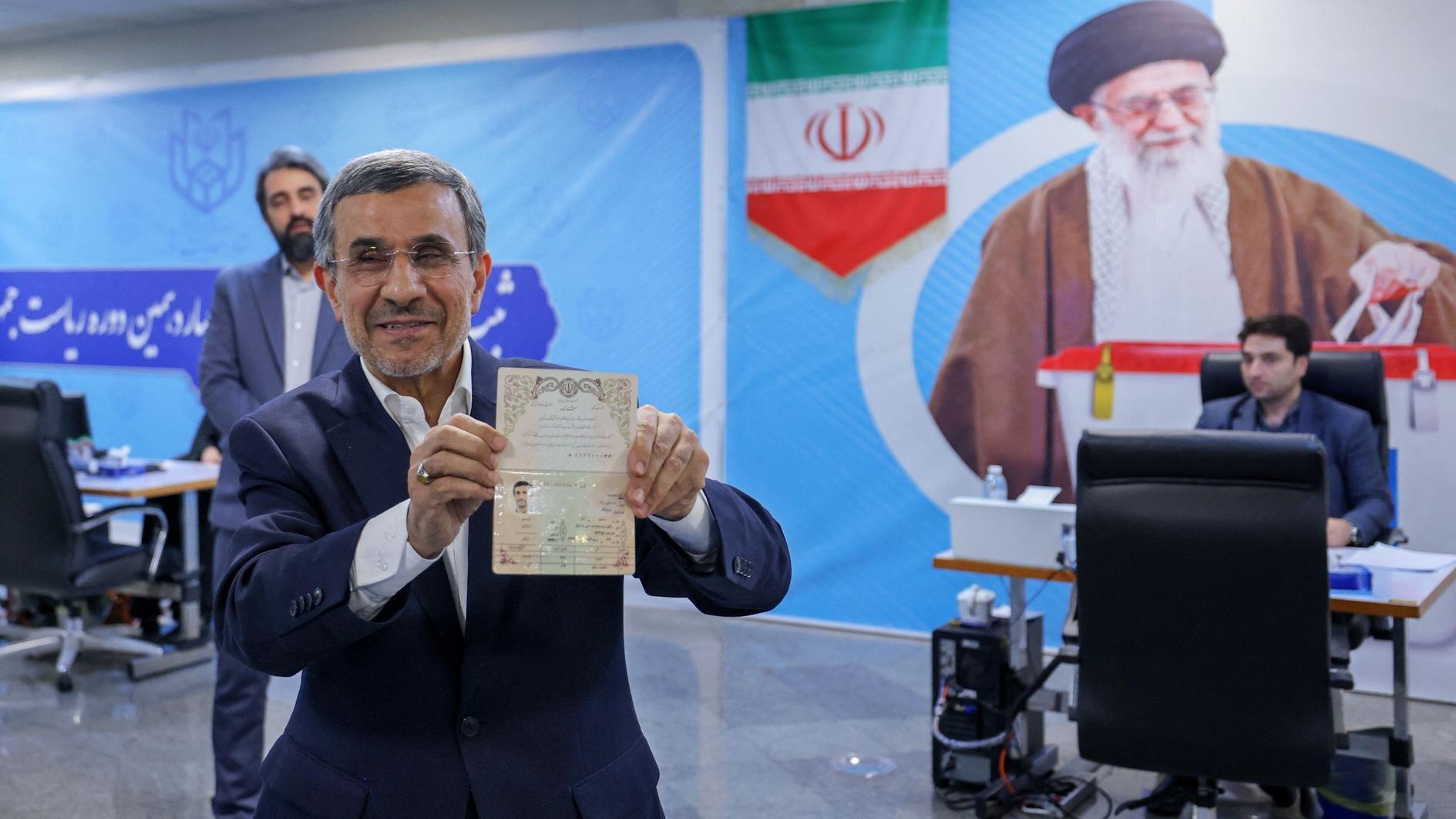Israeli strikes rock Rafah as US says offensive does not cross red line
RAFAH

Israeli bombardment rocked Gaza's far-southern Rafah on Wednesday, a day after Israeli tanks rolled into the centre of the city near the Egyptian border as the White House said that so far it had not seen Israel cross President Joe Biden's "red lines."
The army pushed on with its mission to defeat Hamas in the war raging since Oct. 7, despite a global outcry that intensified after a deadly strike set ablaze a crowded camp on Sunday night.
The U.N. Security Council was set to meet for a second day of emergency talks in New York after that night's strike sparked a raging fire that Gaza officials said killed 45 people and wounded about 250.
U.N. chief Antonio Guterres was among the many leaders to voice his revulsion at the deaths and carnage, demanding that "this horror must stop".
But fighting again flared in Rafah, where an AFP reporter said street battles raged and an Israeli helicopter fired guns and missiles at targets in the city centre.
Hamas's military wing said it was firing rockets at Israeli troops.
"People are currently inside their homes because anyone who moves is being shot at by Israeli drones," said one Rafah resident, Abdel Khatib.
The United States has been among the countries urging Israel to refrain from a full-scale offensive into Rafah, the last Gaza city to see ground fighting, because of the risk to civilians.
But the White House said Tuesday that so far it had not seen Israel cross President Joe Biden's "red lines", with National Security Council spokesman John Kirby saying: "We have not seen them smash into Rafah.
"As a result of this strike on Sunday I have no policy changes to speak to," Kirby told a White House briefing. "It just happened, the Israelis are going to investigate it."
Kirby added however that "this is not something that we've turned a blind eye to" when asked "how many charred corpses" it would take for Biden to change course on the issue.
Biden has previously said he would not support a major Israeli military offensive in Rafah, from which 1 million civilians have fled, and earlier this month paused a shipment of heavy bombs to Israel over concerns they could be used against the southern Gazan city.
Kirby insisted that the president was not "moving the stick" on how to define a major military offensive against Rafah.
"We have not seen them smash into Rafah," he added.
"We have not seen them go in with large units, large numbers of troops, in columns and formations in some sort of coordinated maneuver against multiple targets on the ground."
A steady stream of civilians has been fleeing Rafah, the new hotspot in the gruelling war, many carrying their belongings on their shoulders, in cars or on donkey-drawn carriages.
Before the Rafah offensive began on May 7, the United Nations had warned that up to 1.4 million people were sheltering in the city. Since then, one million have fled the area, the U.N. agency for Palestinian refugees (UNRWA) has said.
Gaza civil defense agency official Mohammad al-Mughayyir said that 21 more people were killed in a similar strike Tuesday, "targeting the tents of displaced people" in western Rafah.
The army denied this and said it "did not strike in the humanitarian area in Al-Mawasi," referring to an area it had designated for displaced people from Rafah to shelter.
Israel launched its war on Gaza in retaliation for the Hamas' Oct. 7 attacks that resulted in the deaths of more than 1,170 people, mostly civilians, according to Israeli official figures.
Hamas also took 252 hostages, 121 of whom remain in Gaza; among them 37 the army says are dead.
Israel's offensive has killed more than 36,000 people in Gaza, mostly civilians, according to the Hamas-run territory's health ministry.
New bombing and combat also hit other areas of Gaza, a besieged territory of 2.4 million people.
In the north, Israeli military vehicles unleashed intense gunfire east of Gaza City, an AFP reporter said, while residents reported air strikes on parts of Jabalia.
Three bodies were recovered from a family house in the southern city of Khan Yunis after it was hit by shelling, the civil defense agency said.
Reports reveal US made weapons in Rafah
Meanwhile, CNN and The New York Times on May 29 reported that the bombs Israel used in the Rafah strike were GBU-39s, a U.S.-manufactured munition.
Both outlets analyze debris from the bomb visible on local footage, including identification numbers and the tail actuation system, to identify the munitions. According to the NYT report, American officials have urged Israel to use GBU-39s, as they can help reduce civilian casualties.
In their first report on the attack, the Israel Defense Forces claimed that a hidden store of weapons may have been the actual cause of the deadly blaze, and that an airstrike that targeted an adjacent area had used “small munitions that would not ignite such a fire on their own.”
















